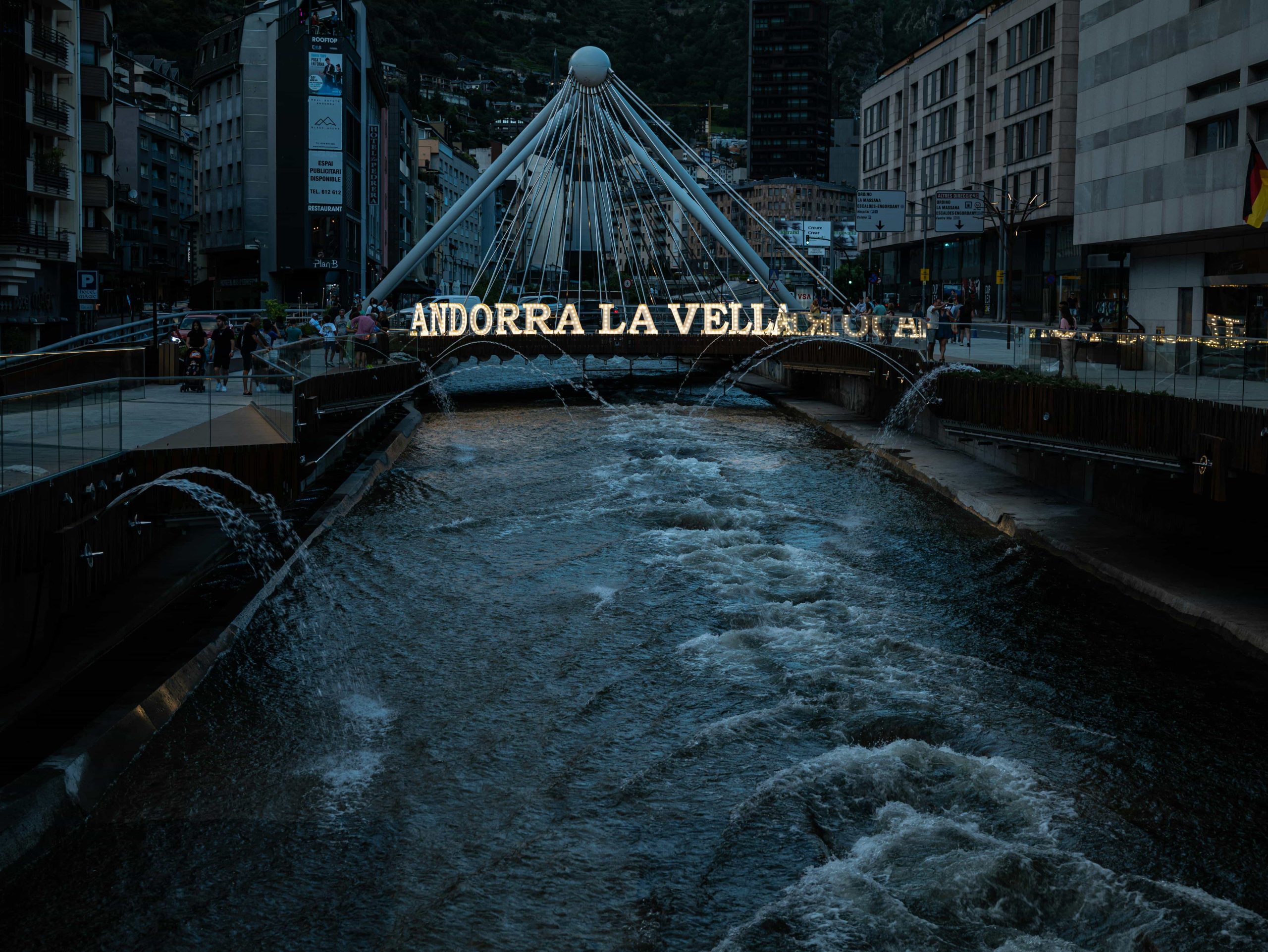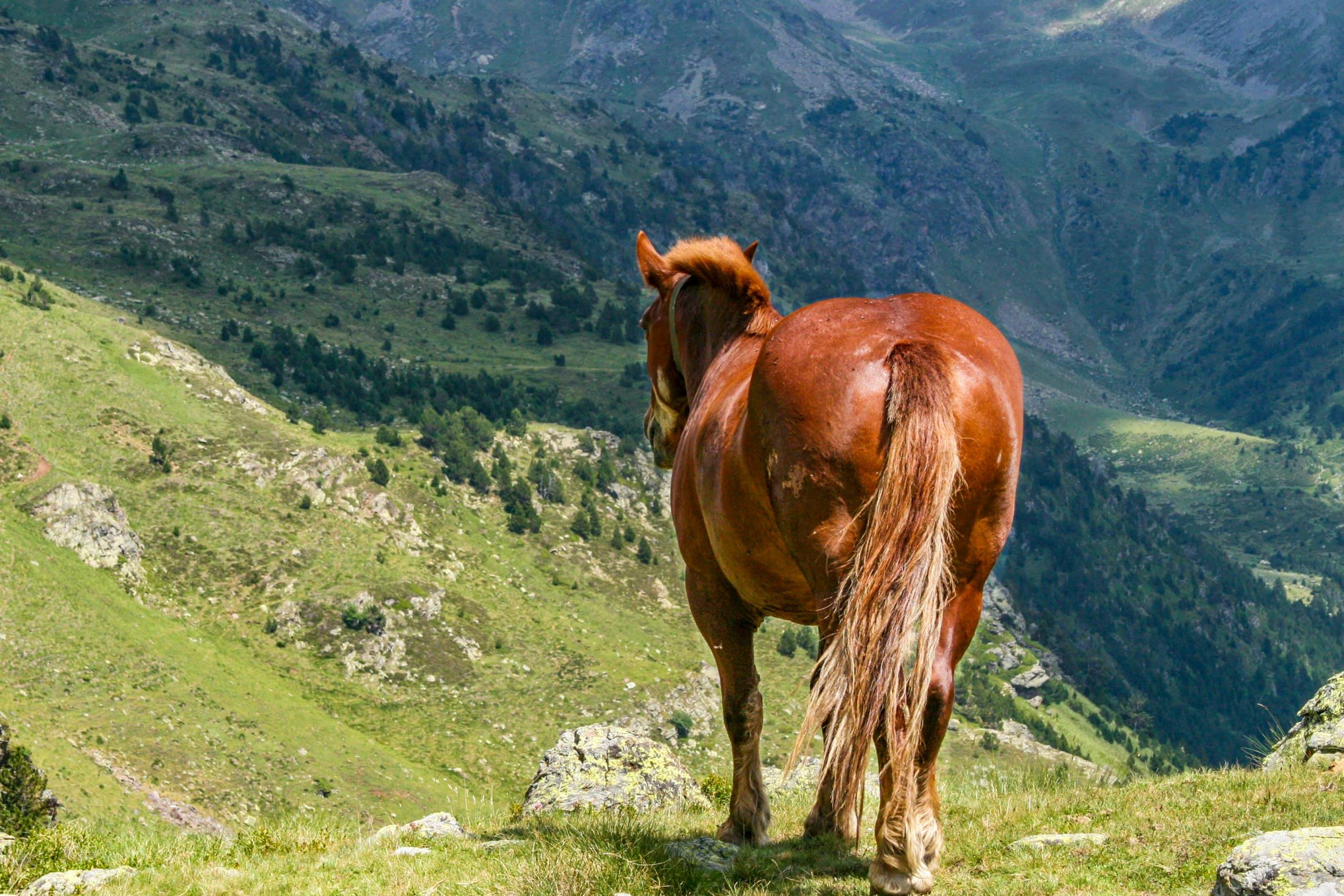Andorra Culture and Society: Navigating Tradition in Europe’s Hidden Principality
Tucked away in the Pyrenees between France and Spain, Andorra presents one of Europe’s most fascinating cultural puzzles. I’ve been studying micro-states for the better part of fifteen years, and honestly? Andorra still surprises me. Here’s a nation of roughly 80,000 people that has somehow managed to maintain its distinct cultural identity while being completely surrounded by much larger, more influential neighbors1.
What really strikes me about Andorran culture is how it embodies this incredible balancing act. On one hand, you have ancient traditions rooted in Catalan heritage—the sardana dances, the medieval festivals, the deep-rooted Catholic faith. On the other hand, there’s this thoroughly modern society shaped by duty-free shopping, international banking, and a tourism industry that brings in over 10 million visitors annually2. It’s like watching two different eras exist simultaneously.
Andorra at a Glance
Population: Approximately 79,824 (2023)
Official Language: Catalan
Area: 468 square kilometers
Capital: Andorra la Vella
Unique Feature: Co-principality shared between France and Spain since 1278
The Cultural Tapestry: Where Three Worlds Meet
When I first visited Andorra back in 2018, I expected to find a simplified blend of French and Spanish cultures. Boy, was I wrong. What I discovered instead was something far more complex—a society that has absorbed influences from its neighbors while stubbornly maintaining its own character3.
The heart of Andorran identity lies in its Catalan roots. This isn’t just about language—though Catalan being the official language is significant. It’s about a whole worldview that emphasizes community, family, and what locals call “seny”—a kind of practical wisdom that values common sense over flashy gestures. I remember talking to Maria, an elderly woman in Ordino, who explained it perfectly: “We Andorrans, we don’t make big noise. We just… we endure.”
This cultural triangulation creates fascinating contradictions. Walk through Andorra la Vella and you’ll hear conversations switching seamlessly between Catalan, Spanish, and French—sometimes within a single sentence. The architecture tells the same story: Romanesque churches sitting next to duty-free electronics stores, traditional stone houses converted into luxury boutiques4.
Language Politics and Living Traditions
Here’s where things get really interesting—and honestly, a bit complicated. While Catalan holds official status, the linguistic reality in Andorra is far more nuanced. According to recent census data, only about 35% of residents actually speak Catalan as their first language5. Spanish dominates at around 43%, with French, Portuguese, and other languages making up the rest.
This creates what linguists call a “telescoping effect”—different generations and social groups operate in different linguistic worlds. I’ve observed this firsthand during family gatherings. Grandparents speak Catalan among themselves, parents switch to Spanish for practical conversations, and kids? Well, they’re just as likely to slip into English when discussing anything related to social media or global culture6.
| Language | First Language % | Daily Use % | Cultural Role |
|---|---|---|---|
| Catalan | 35.4% | 61.1% | Official/Cultural identity |
| Spanish | 43.0% | 78.9% | Commerce/Daily life |
| French | 8.9% | 34.2% | Education/Administration |
| Portuguese | 7.8% | 15.3% | Community/Labor |
Traditional Festivals: Anchors in a Changing World
Despite all this linguistic complexity, certain cultural traditions remain remarkably stable. The Festa Major celebrations still draw entire communities together, maintaining social bonds that might otherwise fray in our globalized world. I’ve attended several of these festivals, and what strikes me most is how they function as cultural time capsules7.
- The Roser d’Ordino (February) – Celebrating winter’s end with traditional dances
- Festa Major d’Andorra la Vella (August) – The capital’s biggest cultural celebration
- La Massana Folk Festival (July) – International folk music with local traditions
- Christmas Markets (December) – Blending Catalan and Central European influences
But here’s what’s fascinating—these aren’t museum pieces. Young Andorrans actively participate, often adding contemporary elements while preserving core traditions. Last year, I watched teenagers perform traditional contrapàs dances while filming themselves for TikTok. It sounds absurd, but it’s actually brilliant cultural adaptation8.
Cultural Insight: The “Andorran Way”
What locals call the “Andorran way” involves a peculiar form of cultural pragmatism. Traditions survive not through rigid preservation but through constant, subtle adaptation. It’s cultural evolution in real time—maintaining essence while allowing form to change.
The religious landscape tells a similar story. While Andorra remains officially Catholic, with stunning Romanesque churches dotting the valleys, actual religious practice has declined significantly. Yet these churches continue serving as community centers, hosting concerts, exhibitions, and cultural events. It’s secularization with cultural respect—very Andorran, actually9.

Contemporary Pressures: Tourism, Immigration, and Identity
Now, let’s talk about the elephant in the room—or rather, the 10 million elephants that visit Andorra every year. Tourism has fundamentally reshaped Andorran society, creating opportunities and tensions that previous generations never imagined10. When your entire population could fit into a large football stadium, but you host more annual visitors than Spain gets in three months, something’s got to give.
I’ve spoken with multiple generations of Andorrans about this transformation, and the perspectives vary dramatically. Older residents often express ambivalence—grateful for economic prosperity but concerned about cultural dilution. “Before, everyone knew everyone,” explained Pere, a retired shop owner in Escaldes-Engordany. “Now, my grandchildren have classmates from fifteen different countries. It’s wonderful, but… different.”
The Immigration Reality
Here’s a statistic that really puts things in perspective: only about 48% of Andorra’s residents actually hold Andorran nationality11. The rest are Spanish, French, Portuguese, British, and increasingly, wealthy individuals from around the globe seeking favorable tax conditions. This demographic reality creates fascinating social dynamics.
- Economic integration has been remarkably smooth—unemployment remains below 3%
- Cultural integration varies significantly by community and generation
- Language policies struggle to balance official Catalan with practical multilingualism
- Housing costs have skyrocketed, creating generational wealth gaps
What I find most interesting is how young Andorrans navigate this multicultural reality. They’ve developed what I call “cultural code-switching”—the ability to move seamlessly between traditional Andorran contexts and international environments. It’s a survival skill in a globalized micro-state12.
Generational Divides and Digital Culture
The digital revolution has hit Andorra like everywhere else, but with unique twists. Young Andorrans are simultaneously hyperconnected to global culture and deeply rooted in local communities. Social media usage rates exceed European averages, yet participation in traditional festivals remains high13.
This creates some amusing contradictions. I know Andorran teenagers who livestream folk dance rehearsals to friends studying abroad, maintain Instagram accounts in three languages, and still attend Sunday family dinners where Catalan remains the dominant language. It’s cultural multitasking at its finest.
The Sustainability Challenge
Environmental concerns are increasingly prominent in Andorran cultural discussions. How do you maintain mountain traditions while accommodating millions of tourists? Climate change threatens winter sports, while overdevelopment strains natural resources. These aren’t just policy issues—they’re cultural survival questions.
Education presents another fascinating case study. Andorran schools operate three different systems—Andorran, Spanish, and French—allowing families to choose their children’s cultural orientation. It’s educational sovereignty in miniature, but it also means some kids grow up with limited connection to traditional Andorran culture14.
The result? A generation of young Andorrans who are incredibly cosmopolitan yet sometimes struggle to articulate what makes their culture unique. When I ask them to define “Andorran identity,” I often get thoughtful pauses rather than immediate answers. That’s not necessarily problematic—it might just be honest recognition of complexity.
Cultural Resilience: Andorra’s Path Forward
After years studying Andorran culture, I’ve come to believe that its greatest strength lies not in preserving traditions unchanged, but in its remarkable adaptability. This is a society that has survived 700 years of political uncertainty by becoming incredibly good at cultural negotiation15.
Looking ahead, several trends will likely shape Andorran culture’s evolution. Digital nomadism is bringing new types of long-term residents—educated professionals who choose Andorra for lifestyle rather than just tax benefits. Climate change will force adaptations in mountain culture and tourism patterns. European integration continues creating new opportunities and challenges16.
Cultural Preservation Strategies
Andorran institutions are developing innovative approaches to cultural preservation: digital archives of oral traditions, international cultural exchanges showcasing Andorran uniqueness, and youth programs connecting traditional skills with contemporary applications. It’s preservation through evolution, not museum-style freezing.
What gives me hope is observing how Andorrans approach cultural challenges. Rather than defensive reactions or wholesale abandonment of tradition, I see thoughtful negotiation. Take the recent debates about expanding ski resorts versus protecting pristine valleys. These discussions happen in Catalan, Spanish, and French, involve multiple generations, and somehow reach workable compromises.
The future of Andorran culture probably won’t look exactly like its past—and that’s okay. Cultural authenticity doesn’t require stasis. It requires genuine connection between people and place, past and present. Andorra has been doing this dance for centuries, and they’ve gotten pretty good at it.
References and Sources



